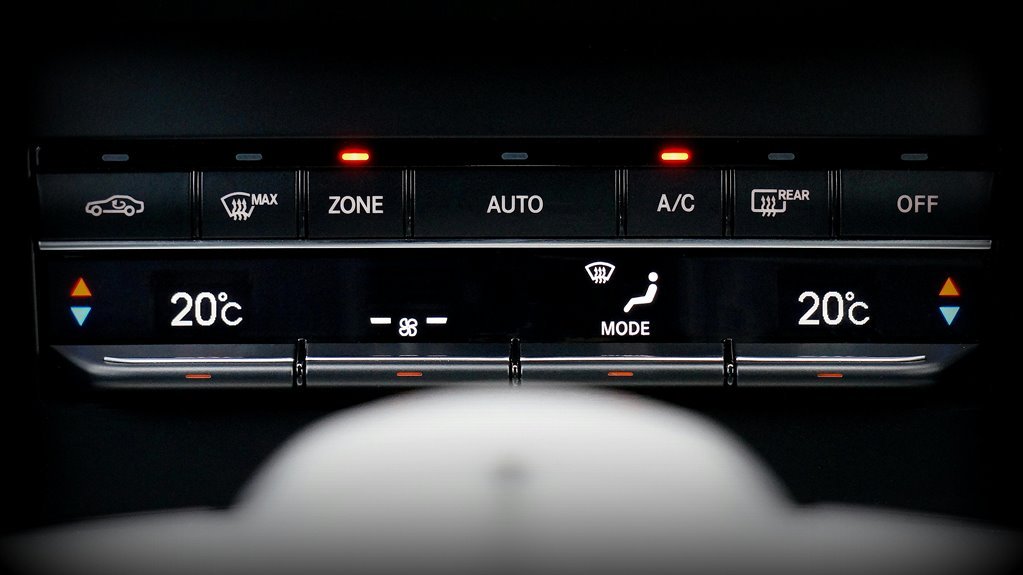The conversion of temperatures between Celsius and Fahrenheit is a common necessity in various fields. Specifically, the task of converting 35 degrees Celsius to Fahrenheit serves as a practical example of this process. Understanding the relationship between these two scales is essential for effective communication in both scientific and everyday contexts. The method is straightforward, yet many may overlook the nuances involved. What steps are necessary to achieve an accurate conversion?
Understanding Celsius and Fahrenheit Scales
Although the Celsius and Fahrenheit scales serve the same purpose of measuring temperature, they differ significantly in their reference points and the intervals between degrees.
The Celsius scale, developed by Anders Celsius in the 18th century, is based on the freezing and boiling points of water.
In contrast, the Fahrenheit scale, introduced by Daniel Gabriel Fahrenheit, utilizes a more arbitrary reference system, complicating direct comparisons.
The Formula for Conversion
To convert temperatures between Celsius and Fahrenheit, a specific mathematical formula is employed.
This formula reflects the relationship between the two temperature scales, facilitating accurate conversion. The primary conversion method involves multiplying the Celsius temperature by 1.8 and then adding 32.
Understanding this formula is essential for anyone seeking to navigate between these commonly used temperature scales effectively.
Step-by-Step Conversion of 35°C to Fahrenheit
A straightforward approach can be employed to convert 35 degrees Celsius to Fahrenheit using the established conversion formula.
First, multiply 35 by 9/5, resulting in 63. Next, add 32 to this product, yielding a final temperature of 95 degrees Fahrenheit.
This method effectively illustrates the relationship between temperature scales, showcasing one of the most common conversion methods utilized in everyday scenarios.
Practical Applications of Temperature Conversion
Understanding temperature conversion is essential in various fields, as it facilitates effective communication and decision-making across different regions and contexts.
In weather forecasting, accurate temperature readings are vital for public safety and planning. Similarly, cooking temperatures require precise conversion to ensure food safety and quality.
Mastering these conversions empowers individuals to navigate diverse environments and maintain autonomy in their choices.
Conclusion
In conclusion, converting 35 degrees Celsius to Fahrenheit yields a temperature of 95 degrees Fahrenheit, a crucial skill in various fields. Notably, the World Health Organization indicates that extreme heat can lead to health risks, with temperatures above 35°C posing serious threats to vulnerable populations. Understanding temperature conversions not only enhances personal knowledge but also informs critical decisions related to health and safety, emphasizing the importance of accurate communication in increasingly globalized environments.




